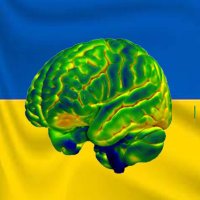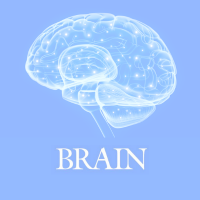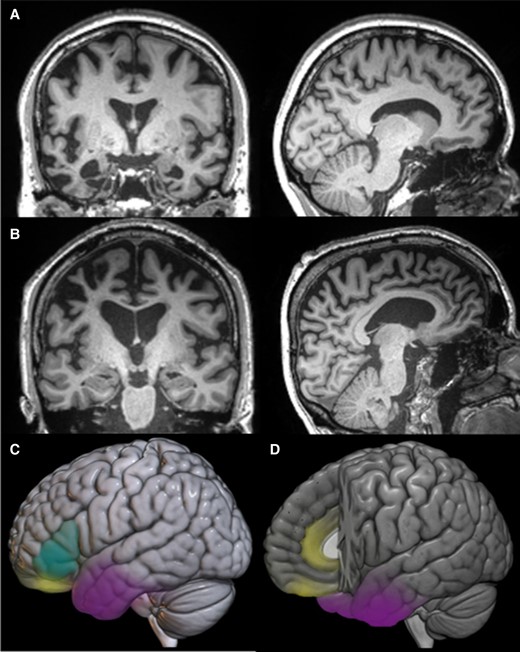
Siddharth Ramanan, PhD
@sidramanan
Senior Scientist/Analyst - Real World Evidence. Previously, neuroscientist at @mrccbu @Cambridge_Uni and @BrainMind_Usyd @Sydney_Uni
ID: 795912840
https://scholar.google.com/citations?user=pyxApaIAAAAJ&hl=en 01-09-2012 11:49:13
1,1K Tweet
798 Followers
165 Following



Multi-method convergent evidence, supported by a robust framework, probing the exact role of the anterior temporal lobes in semantics supporting face recognition. Preprint led by social semantics superstar Matthew Rouse! MRC Cognition and Brain Sciences Unit



Pleased to share our new preprint 📢 We investigate social semantic knowledge in #FTD and after unilateral anterior temporal lobe resection, using detailed neuropsychology and structural MRI. 🧠 Ajay Halai Siddharth Ramanan, PhD Cambridge FTD MRC Cognition and Brain Sciences Unit medrxiv.org/content/10.110…

Fantastic piece of work by the talented Matthew Rouse! Differential social-semantic impairments in frontotemporal dementia and unilateral temporal lobe epilepsy, as revealed by testing on a shared battery, showing unique contributions of each/both anterior temporal lobes 🧠


The staggering costs of visa inequality🚨 In 2023 rejected EU visas cost the world’s poorest €100M +, 💰 flowing from poor to rich countries, like a 'reverse remittance'. Yet we never hear about this🤨 I talked to EUobserver based on latest LAGO analysis euobserver.com/eu-and-the-wor…




A new study by Matt Rouse (Matthew Rouse) and colleagues uses neuropsychology and neuroimaging to reveal the core cognitive function of the anterior temporal lobes in face recognition, person knowledge and semantic memory. #FTD doi.org/10.1093/cercor…


In case you were also away when Siddharth Ramanan, PhD MRC Cognition and Brain Sciences Unit published Brain UMAP geometries of paradigmatic and mixed/intermediate phenotypes of dementias Tracking individual trajectories, links to pathology and survival 114 AD, 107 bvFTD, 42 PSP/CBS, 103 PPA academic.oup.com/brain/advance-…


Fantastic work by the brilliant Siddharth Ramanan, PhD!

Our new preprint is out 🤓🧠 we systematically explore the range and nature of changed behaviours across the FTD clinical spectrum (bvftd and semantic dementia) and their association with changes in cognition and brain volume #ftd MRC Cognition and Brain Sciences Unit Masud Husain Cambridge FTD



Rouse et al. report that social- and non-social semantic memory are degraded in frontotemporal dementia following bilateral anterior temporal lobe atrophy. Read at: buff.ly/3BKsOsr Matthew Rouse Ajay Halai Siddharth Ramanan, PhD Peter Garrard Cambridge FTD MRC Cognition and Brain Sciences Unit






